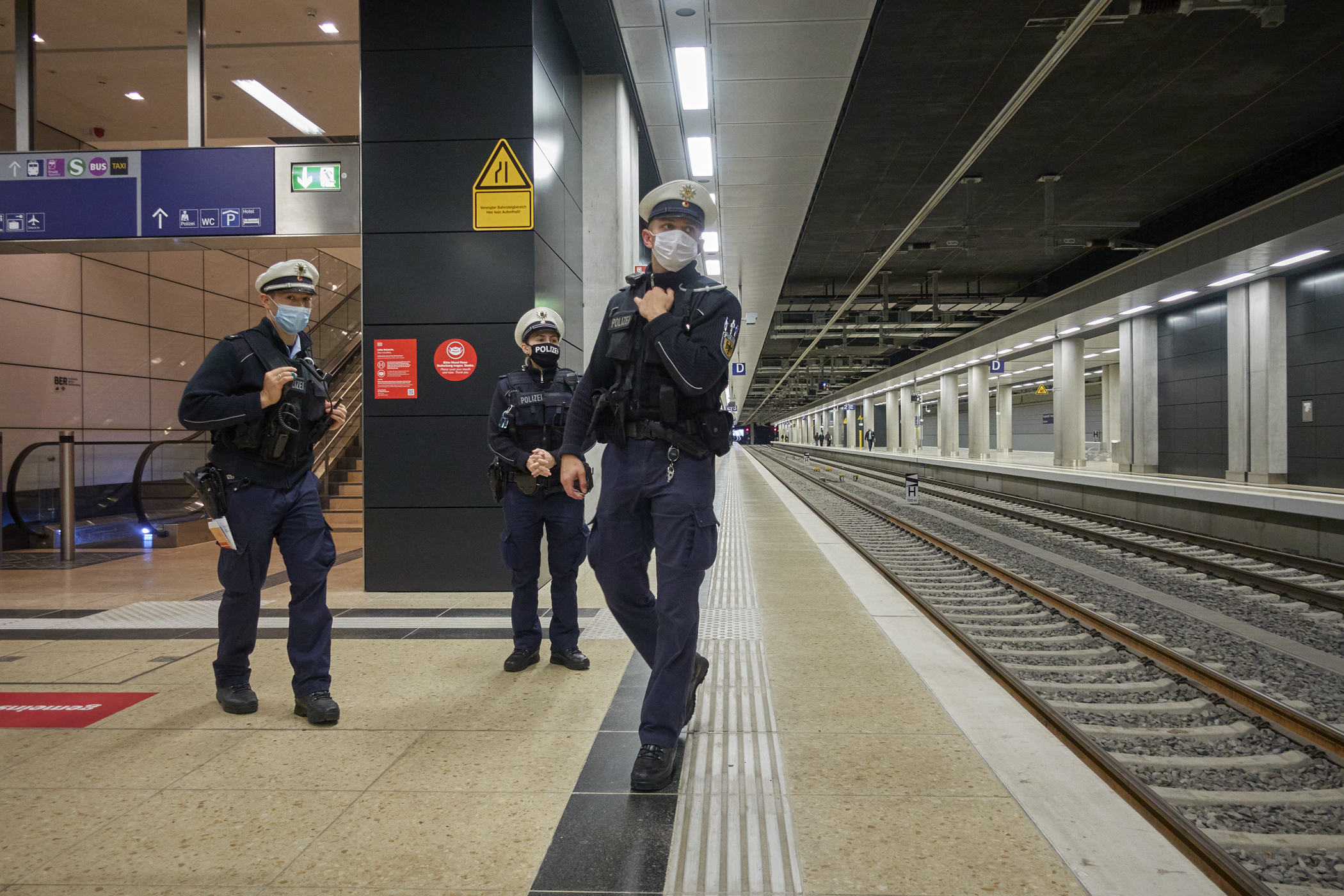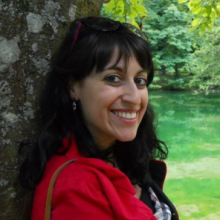There is no shortage of evidence that ‘organised crime’ has rapidly adapted to Covid-19 conditions. While some journalists have looked at how illicit trade has been affected by the pandemic, think thanks and scholars have investigated new opportunities for organised crime, ranging from cyber-fraud to the changing market for illegal drugs. Others still have focused on changing patterns of social control as enforced by gangs and the mix between serious and complex crimes, like healthcare fraud and corruption.
News outlets, podcasts and op-eds are all asking the same flawed question: how is ‘organised crime’ profiting from the covid-19 crisis?
This question is, however, methodologically flawed, as it assumes homogeneity in the concept of ‘organised crime‘, which is not the case. This particularly applies to the logical fallacy that overlaps organised crime with any form of serious or complex crime (including cybercrimes, economic crimes, white collar crimes) is now more likely than ever to create confusion and frustrate attempts to say anything meaningful.
To make sense of the impact of this crisis, we need to return to basics. By revisitng the structures and activities of organised crime, we can begin to understand how external environments affect these structures and activities differently. While we may be able to predict some of the behaviours pertaining to these structures and activities, we have no idea what life will look like beyond Covid-19. The future environment that will shape organised crime is still largely unknown.
Organised crime structures
Several case studies may inform our understanding of structure. Think about, for example, the impact of the virus on following three case studies:
- ‘ndrangheta fugitives who are known for their ability to direct clan businesses while in hiding or from remote bunkers near their homes;
- For the Italian mafia fugitive, the lockdown doesn’t change much, but their clan’s business might, depending whether it’s local, national, online, offline and so on.
- Gang members in an estate in the English midlands, or in the favelas in Rio, able to use weapons, violence and intimidation to get people to do what they need, legal or illegal.
- Gang members might use their intimidation to enforce the lockdown or to gain privileges (in terms of access to health or produce or else) over others in their community.
- A La Cosa Nostra (LCN) family in New York City that detains influence over the port workers union in New Jersey.
- The LCN family in the port is probably not significantly affected by the whole situation, the port, overall, keeps functioning.
What do these diverse case studies have in common? Social capital, reputation, territorial sovereignty. But their structure affects their resilience.
Organised crime activities
Organised crime groups have varied portfolios, from drug trafficking and healthcare fraud, to infiltration in legal businesses and money laundering, through to illicit trade of counterfeit and contraband products. Not everyone, however, can do everything – not even in the underworld.
It would be naïve to think that the blockades and efforts of the economy also affect cocaine trafficking, for example. The cocaine trade is an on-going trade, with most importers on rolling contracts with traffickers and producers. With rising levels of demand pre-crisis and few barriers to production, cocaine will continue to travel through ports, airports and cargo shipments, followed by the various actors of the trade through encrypted communication and at distance. Very little will change here. By contrast, the production of meth or amphetamines can be localised, using a variety of methods, giving more flexibility to the market.
While it might be difficult to carry out extortion operations when businesses are in lockdown, it may be easier to target struggling entrepreneurs with loan-sharking ventures. And those involved in counterfeit and contraband medicine trafficking before coronavirus have become the ‘luxury’ counterfeiters of today: dealing in sanitary masks, hand sanitisers and ventilators.
The environment
As the above shows, thinking about specific activities as well as structures lends itself to a more precise and useful analysis of the impact of Covid-19. This is where the environment comes into play. Yes, we know organised crime can exploit opportunities, but when, where and how?
We still cannot say what this environment is going to look like after the pandemic, but we can ask several relevant questions:
- In what context will organised crime structures and activities exist after Covid-19?
- Will mental health crises related to Covid-19 increase demands for illegal drugs?
- Will new drugs have to be manufactured if the ‘old’ ones are not arriving anymore?
- Will the ‘final mile’ delivery to drug users change? Will groups increasingly rely on the postal and express services for distribution?
- Will criminal groups have enough cash to buy out struggling businesses as it has been the case in other crises?
- Will sport events go back to normal soon enough to make sure some criminal groups don’t lose too much over their illegal betting and gambling?
- And what about people who have been moonlighting and now cannot claim relief money from their governments for the lost earnings? Will they be more prone to join forces with organised crime?
- Will social order break at the point of pushing more people to accept corrupt money and engage in corrupt behaviours?
- Will territorial organised crime groups protect or exploit their local communities?
These questions will guide us for months, if not years, to come. Organised crime structures and activities will always adapt to new environments. To better understand the implications, we must begin by focussing on structure and activities. Some will perish, some will survive, some will be born, some will be forgotten – ‘organised crime’ is not homogenous.
Dr Anna Sergi is a SHOC Member and Senior Lecturer in Criminology at the University of Essex.
The author wishes to thank Ms Zora Hauser, University of Oxford, for a conversation about these topics.
Main image credit: Matthias Berg, via Flickr.
The views expressed in this article are those of the author(s) and do not necessarily reflect the views of RUSI or any other institution.



